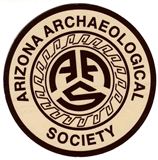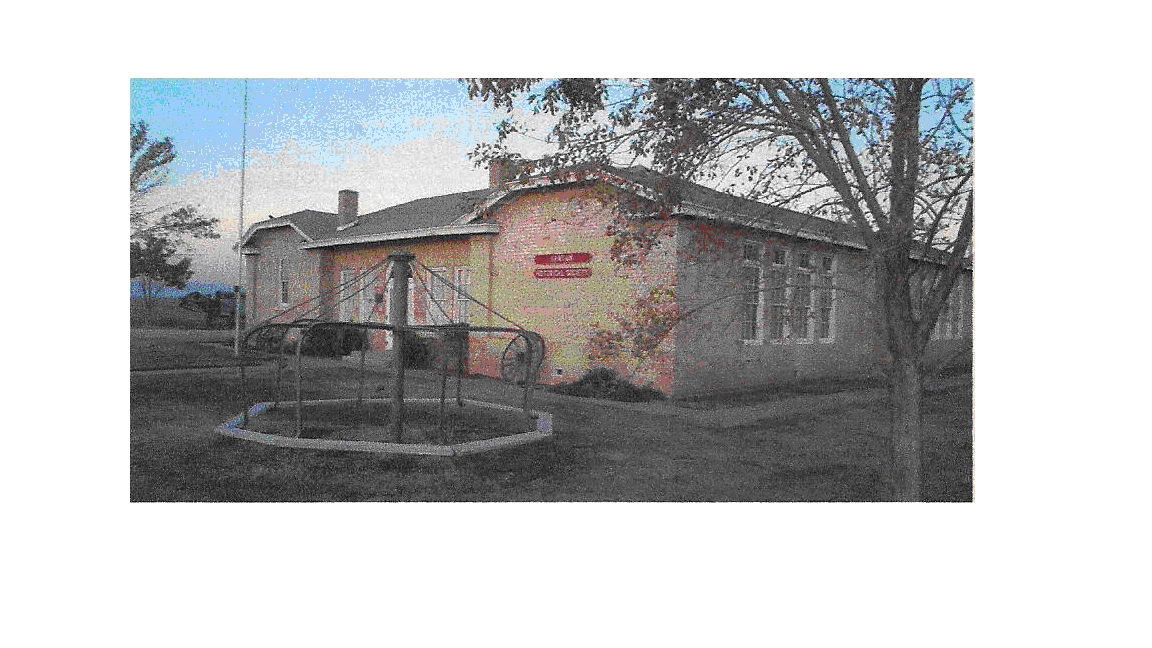


Introduction
The San Tan Chapter formed in May 2008 and was formally chartered as a member of The Arizona Archaeological Society on October 4, 2008. The Arizona Archaeological Society is an independent nonprofit corporation. Members are eligible to participate in field trips, excavations, surveys, lab work, and other areas of archaeological interest. Each member also receives a copy of the annual publication of the Society, The Arizona Archaeologist, together with the monthly newsletter, The Petroglyph. The San Tan Chapter meets at 6:00 PM and the presentation starts at 6:30 PM, this happens on the second Wednesday of each month September through May, at the San Tan Historical Museum located at 20435 S Old Ellsworth Rd, Queen Creek 85142. Monthly meetings are free and open to the public.
We encourage you to pay membership fees directly to the San Tan Chapter by check or cash. This enables the STC to receive its portion of the dues in a timely manner. Fees are used for guest speakers, group activities, and our annual potluck.
To get a copy of the membership form click below and a copy will be downloaded to your computer.
Click here for Membership Form
=====================================================
Giving back to our Community
Thanks to all the Participants & Volunteers for stepping up to make this event FUN & Educational
Learning about the past through Archaeology
Archaeology Expo Queen Creek, Arizona -- Hosted by the San Tan Chapter of the Arizona Archaeological Society

.gif)
2024 Participants
S.A.L.T. - an organization whose goal is to understand, practice, and share life skills and arts of the ancient world. This is accomplished by regular Skills Meeting. A list of skills/demos such as flintknapping, jewelry making, shell etching, cordage, friction fire to name a few. For more on SALT visit https://saltskills.com/
SALT is planning on setting up an ATLATL area behind the Museum, find out what it is and try it out.
Maricopa County Parks - Nikki Bunnell San Tan Mountain Regional Park Ranger.
Make a Mini Adobe Brick : led by Jim Britton - An Avocational Archaeologist
San Tan Chapter of the Arizona Archaeological Society - crafts/displays such as make your own Petroglyph or Pictoglyph, try out the ancient Pump Drill , view a Pit House Diorama, view arrow heads and pot sherds. Make a Husk Doll Figure, mini gourd mask, learn about Shell Etching.
The Story of Cotton - Maggie Dawqley displays/samples
Textile Weaving - Gail Biesen
Teepee Display and grind corn on Metate/Mano. Learn how to start a Fire using a Bow Drill- Mari & Dalen Townsend
Pinal County Historical Museum -Executive Director Stephanie Joyner shares information on Florence , Az https://www.pinalcountyhistoricalmuseum.org/
Safe Hiking in the Desert - Wilson Allen
Pottery Making using Air Dry Clay -Peter Huegel
San Tan Historical Society - Kitty DeSpain Museum Gift Shop
Arizona Site Stewards : led by John Dawley. The Arizona Site Steward Program is an organization of volunteers, in partnership with public land managers of Arizona (US Forest Service, AZ State Lands, BLM, and other jurisdictions), whose members are selected, trained and certified by Arizona State Parks & Trails (ASPT). The chief objective of the Stewards Program is to deter the theft of antiquities and report to the land managers any destruction or vandalism of prehistoric and historic archaeological and paleontological sites in Arizona through site monitoring.
=====================================================
INTRIGUING TIDBITS
"A Hopi archaeologist reflects on the discipline: Science Moab speaks with Lyle Balenquah about Indigenous perspectives on archaeology"
https://www.moabsunnews.com/get_out_and_go/article_6369feec-2246-11ec-a69a-03063f85a261.html
"How Pottery Offers Glimpses Into Ancient Foodways"
"A Hopi farmer works to sustain corn-growing traditions in the face of a changing climate"
______________________________________________________________________________________________________
Chapter Officers
| 2020 Office | Office Holder | Contact Information |
| President | Marie Britton | |
| Vice-President | Marie Renner | |
| Treasurer | Jim Britton | |
| Secretary | Kat Karpinen | |
| Director1/Program Director | Carlos Acuña | |
| Director2/ | Dave Goldman | |
| Director3/Archivist | Keith Johanson | |
| Membership | Marie Britton |
|
| Archaeological Advisor | Chris Loendorf |
****************************************************************************************
LOVE HISTORY?
LIKE TO LEARN MORE?
Join one of our meetings for a closer look at:
San Tan Chapter of the Arizona Archaeological Society
Learn about Arizona Prehistory and More!
Meet Professional Archaeologists! Participate in field trips and workshops
Meetings are free and open to the public
The Second Wednesday of each month
September through May, meet at 6:00 p.m. with presentation starting at 6:30 p.m.
We meet at the San Tan Historical Society Museum
(The Historic Rittenhouse School)
Southeast Corner of Ellsworth and Queen Creek Roads

****************************************************************************************************************************
SE AZ Culture Periods SW Agricultural Cultures ASM SW Cultural AZ 5 Prehistoric Cultures Pueblo Periods
Quick Content Links:
Get Out and Enjoy/Experience Arizona
ARIZONA'S NATIVE AMERICANS

****************************************************************************************************************************
GET OUT AND EXPERIENCE ARIZONA:
Archaeological Parks and Prehistoric Native American Ruins of Central Arizona
https://www.ajpl.org/wp/wp-content/uploads/2016/04/Arch-20171114.pdf
Platform Mounds of the Arizona Desert
https://www.penn.museum/documents/publications/expedition/PDFs/35-1/Rice.pdf
Tonto Basin
https://www.archaeologysouthwest.org/pdf/Jacobs-Tonto-Basin.pdf
The Mind In The Cave by David Lewis Williams
"Emerging from the narrow underground passages into the chambers of caves such as Lascaux, Chauvet, and Altamira, visitors are confronted with symbols, patterns, and depictions of bison, woolly mammoths, ibexes, and other animals.
Since its discovery, cave art has provoked great curiosity about why it appeared when and where it did, how it was made, and what it meant to the communities that created it. David Lewis-Williams proposes that the explanation for this lies in the evolution of the human mind. Cro-Magnons, unlike the Neanderthals, possessed a more advanced neurological makeup that enabled them to experience shamanistic trances and vivid mental imagery. It became important for people to "fix," or paint, these images on cave walls, which they perceived as the membrane between their world and the spirit world from which the visions came. Over time, new social distinctions developed as individuals exploited their hallucinations for personal advancement, and the first truly modern society emerged.
Illuminating glimpses into the ancient mind are skillfully interwoven here with the still-evolving story of modern-day cave discoveries and research. The Mind in the Cave is a superb piece of detective work, casting light on the darkest mysteries of our earliest ancestors while strengthening our wonder at their aesthetic achievements."